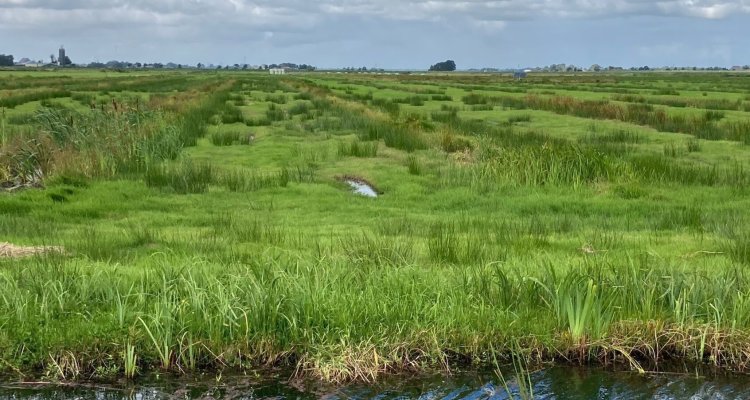
Peat and peatlands
Peatlands occur in various regions around the world, typically in locations with cool, wet climates that promote the accumulation of organic material. Peatlands are important for carbon storage, water regulation and biodiversity. They form characteristic landscapes of various types, such as mires, fens and bogs. We find peatlands in nature reserves and agricultural land, but also under residential and recreation areas. Peatland areas were more extensive in the past. Due to excavation and drainage vast areas of peatland have disappeared.
Peatlands are surprising landscapes in their various appearances. Peat soils are unique in consisting almost entirely of organic matter derived from dead or living plants and organisms. Peat landscapes have their own identity, offer a habitat for animals and plants, have a large water holding capacity and constitute archeological archives.
When we drain peatlands, they will subside and become sources of greenhouse gases. Measures are being designed and implemented to solve these problems or to enable the active accumulation of peat. We need a scientific foundation for large-scale solutions.
Peatlands have as common characteristics a long record of accumulation and a short story of breakdown.
Scientists at Wageningen University & Research investigate peatlands as living environments for man and nature, for agricultural use and as a storage for carbon. This dossier compiles our knowledge of peatlands. Read and wonder at peat and meet our experts in this dossier.
This dossier is financed by the Ministry of Agriculture, Nature and Food quality, under project KB-34-002-028, Reversing declining soils mitigating climate innovation in peatland management.
Explore the 6 themes
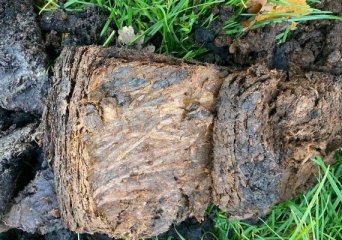
Characterization of peat and soil processes
A peat soil is composed of humified plant material. This wet, spongy material is formed from decayed vegetation and is preserved because it is saturated with water. There are different types of peat, depending on the position relative to the groundwater table, plant species and the nutrient content of the water in the peat. Peat layers vary in thickness from a few decimetres to several metres, and in places, the peat is covered by a layer of mineral soil. In some regions, peatland has largely disappeared due to excavation.
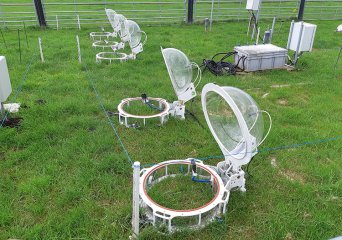
Peat as a source of greenhouse gases
During the reclamation of peatland the groundwater table is lowered. This causes the peat to settle, shrink and oxidize. As a result, the soil subsides. The largest land subsidence occurred in the 20th century due to efficient drainage, which was required to make peatlands suitable for agriculture and peat excavation. Peat soils are also threatened by wildfire.
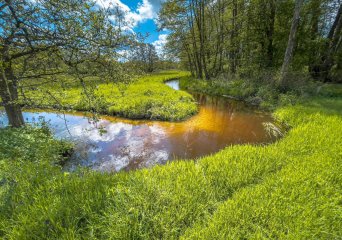
Preserving and restoring peatlands
Preserving peatlands and reducing the emission of greenhouse gases require that peat does not oxidize, and therefore does not become exposed to the air. This could be done by raising the groundwater level in peatlands or by digging or covering peat layers in the soil. These interventions can strongly influence land use, landscape and nature, and the availability of fresh water. How do we arrange water supply throughout peatlands? Where do we find the required water resources?
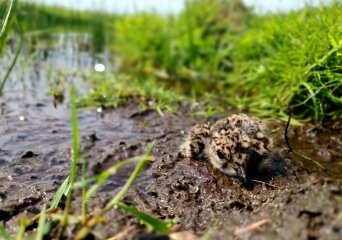
Nature in peatlands
Peatlands are potential habitats for a large variety of plant and animal species, and thus a source of biodiversity. In peatlands that have been drained and excavated in the past, plant species that drive peat initiation and accumulation can be restored. This can also be done in stream valleys, where peat formation also benefits water retention.
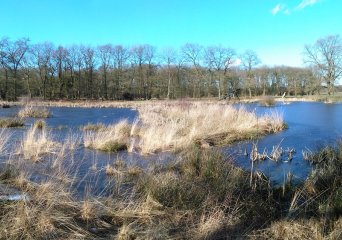
Ancient and new peat landscapes
Peat landscapes have partly originated under the combined influence of nature and man. Parts have been excavated for the extraction of peat, or have disappeared due to oxidation. Other peatlands became inundated due to land subsidence after drainage.
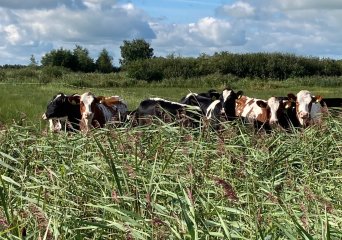
Agriculture in peatlands
Peatlands are mostly found on soft soils. Using these landscapes as living environments requires smart spatial planning and land use. How can we use peatlands for agriculture while preventing further land subsidence and greenhouse gas emissions? And ensuring a reasonable income for farmers?
